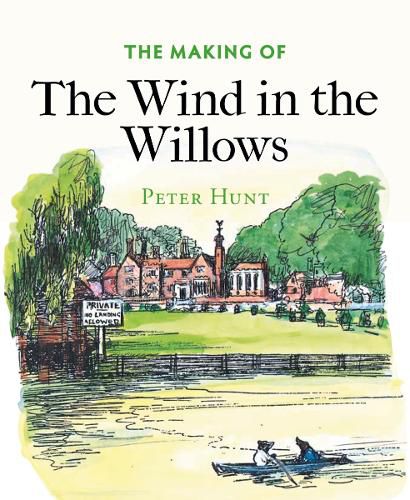Readings Newsletter
Become a Readings Member to make your shopping experience even easier.
Sign in or sign up for free!
You’re not far away from qualifying for FREE standard shipping within Australia
You’ve qualified for FREE standard shipping within Australia
The cart is loading…






The Wind in the Willows has its origins in the bedtime stories that Kenneth Grahame told to his son Alastair and then continued in letters (now held in the Bodleian Library) while he was on holiday. But the book developed into something much more sophisticated than this, as Peter Hunt shows. He identifies the colleagues and friends on whom Grahame is thought to have based the characters of Mole, Rat, Badger and Toad, and explores the literary genres of boating, caravanning and motoring books on which the author drew. He also recounts the extraordinary correspondence surrounding the book’s first publication and the influence of two determined women - Elspeth Grahame and publisher’s agent Constance Smedley - who helped turn the book into the classic for children we know and love today, when it was almost entirely intended for adults.
$9.00 standard shipping within Australia
FREE standard shipping within Australia for orders over $100.00
Express & International shipping calculated at checkout
The Wind in the Willows has its origins in the bedtime stories that Kenneth Grahame told to his son Alastair and then continued in letters (now held in the Bodleian Library) while he was on holiday. But the book developed into something much more sophisticated than this, as Peter Hunt shows. He identifies the colleagues and friends on whom Grahame is thought to have based the characters of Mole, Rat, Badger and Toad, and explores the literary genres of boating, caravanning and motoring books on which the author drew. He also recounts the extraordinary correspondence surrounding the book’s first publication and the influence of two determined women - Elspeth Grahame and publisher’s agent Constance Smedley - who helped turn the book into the classic for children we know and love today, when it was almost entirely intended for adults.